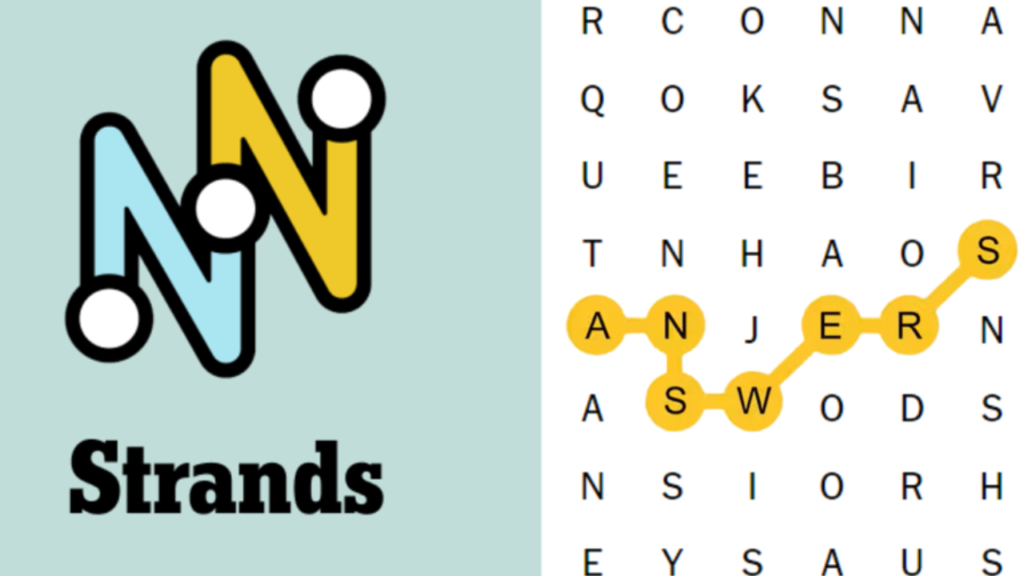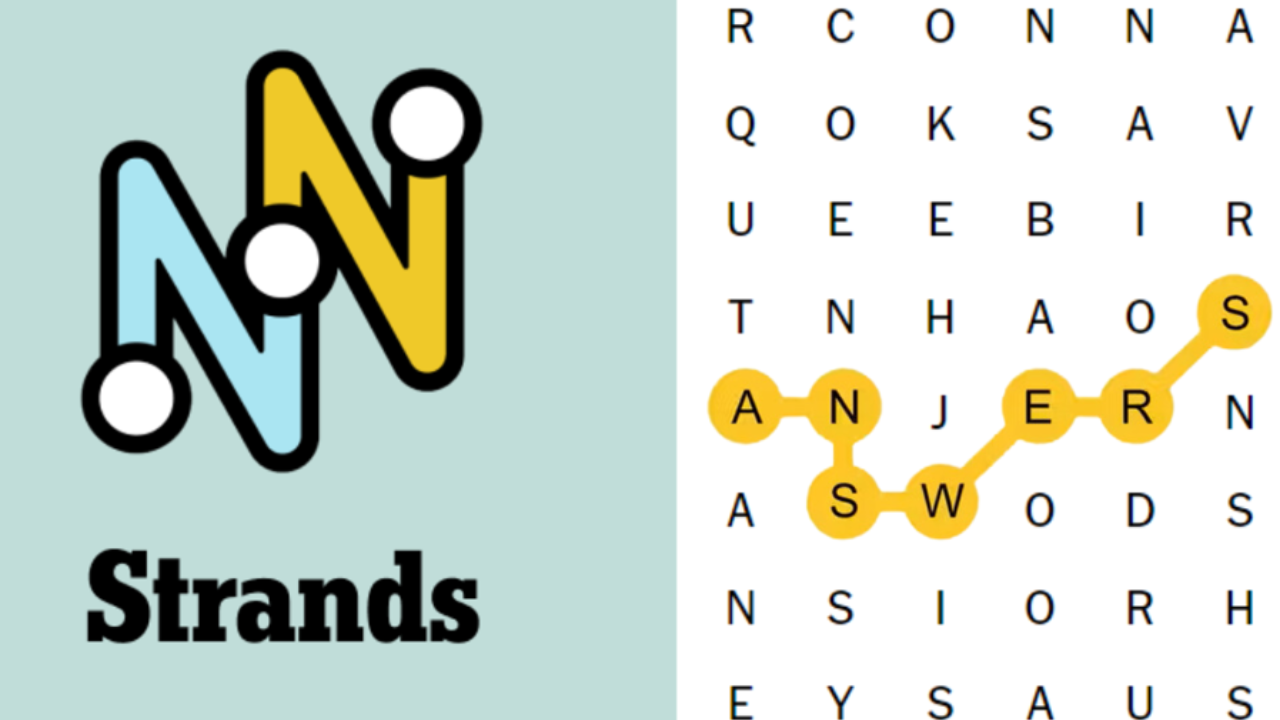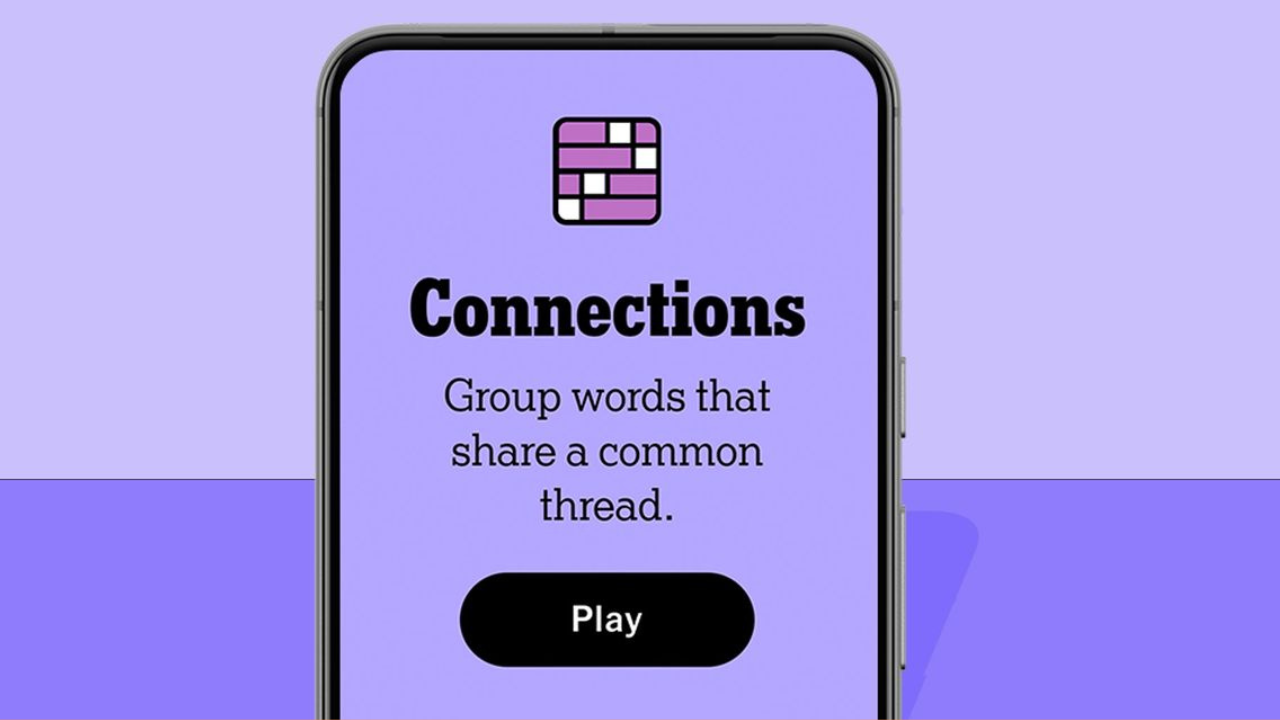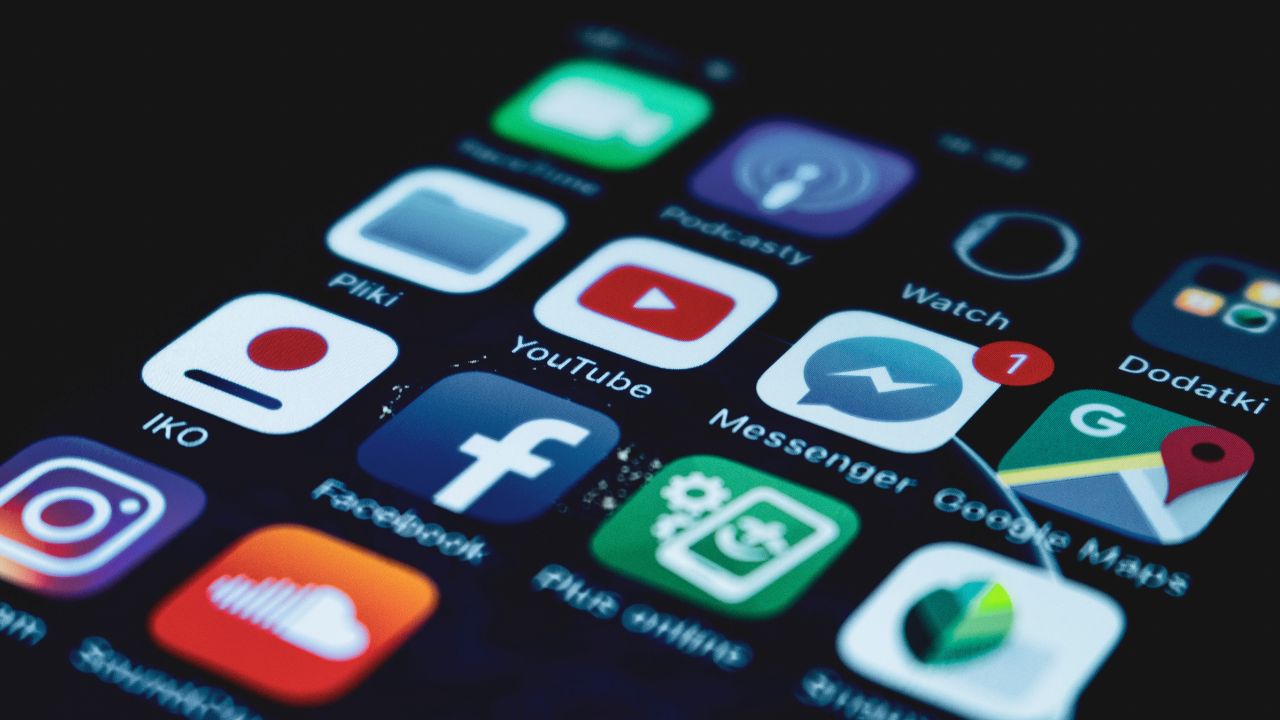In today’s fast-paced digital world, social media addiction has become one of the most significant issues affecting millions globally. Platforms like Facebook, Instagram, and TikTok offer endless streams of content that users can’t seem to resist, leading to hours spent scrolling. Among these, TikTok has gained attention for its addictive nature, particularly for young users, sparking debates around the potential mental health risks it poses.
But it isn’t just the endless stream of videos that’s causing concern. Recent reports indicate that TikTok itself was aware of the addictive patterns forming among its teenage users, and the potential mental health consequences that followed.
U.S. Government’s Concerns
For years now, TikTok has been a focal point for U.S. authorities, primarily due to its Chinese ownership and associated data security risks. Many government officials have voiced concerns over the possibility of user data being accessed by foreign entities. While this geopolitical tension has simmered for a while, the focus has recently shifted towards the platform’s impact on mental health—especially among younger audiences.
TikTok is currently facing the threat of being forced to sell its U.S. operations or be banned from operating in the country entirely. This potential ban comes as part of a broader critique of the platform, citing both security concerns and its harmful effects on users’ mental well-being.
Internal Investigation
While the controversy surrounding TikTok’s security is widely known, fewer are aware of the platform’s internal findings on user addiction. In 2019, an internal investigation by TikTok revealed some alarming trends among its youngest users. NPR, through documents obtained from a lawsuit filed by the Kentucky Attorney General’s Office, highlighted TikTok’s recognition of the addictive nature of its platform.
The findings outlined that compulsive use of the app correlated with several negative mental health effects, such as diminished analytical skills, memory impairment, loss of empathy, increased anxiety, and even difficulty engaging in meaningful conversations. Despite being designed for entertainment, the report suggested that TikTok was contributing to broader cognitive and emotional challenges for young users.
How “Filter Bubbles” Affect Young Minds
One of the most concerning discoveries from TikTok’s internal research was the creation of “filter bubbles,” an algorithm-driven system that curates content based on user preferences. For many young users, these filter bubbles can trap them in harmful content loops, exposing them to a narrow range of emotionally charged topics.
Among the most troubling types of content are videos tagged under “painhub” or “sadnotes,” which glorify themes of pain and sadness. When teenagers are repeatedly exposed to such content, it can take a toll on their mental health, reinforcing feelings of loneliness, despair, or anxiety.
What’s more alarming is that the platform only requires 30 minutes of usage to determine a user’s filter bubble, further amplifying the risk of young people being directed to distressing content without any meaningful escape.
Exploitation and Underage Abuse
Another disturbing revelation from the report was the exploitation of underage girls on TikTok’s live streams. In some cases, malicious users sent gifts or virtual rewards to these young girls in exchange for inappropriate behavior, with some going so far as to solicit explicit actions via direct messages.
These incidents underscore the potential dangers that exist on a platform primarily designed for entertainment but misused by individuals seeking to exploit vulnerable users.
Has Anything Changed?
While much of this information stems from an internal investigation conducted in 2019, TikTok insists that significant changes have been made since then. Alex Haurek, a TikTok spokesperson, has stated that many of the claims made in lawsuits and reports are outdated. According to Haurek, TikTok has since implemented several measures to safeguard its younger audience. These include enhanced privacy settings for users under 16, proactive removal of underage accounts, and the introduction of family pairing features to allow parents more control over their children’s app usage.
Despite these efforts, questions remain about whether these safety measures are enough. TikTok’s own data suggested that even with tools in place to limit usage to 60 minutes a day, users were still spending an average of 107 minutes on the platform. It appears that while efforts have been made, the addictive pull of TikTok remains a challenge for many users, particularly teens.




















